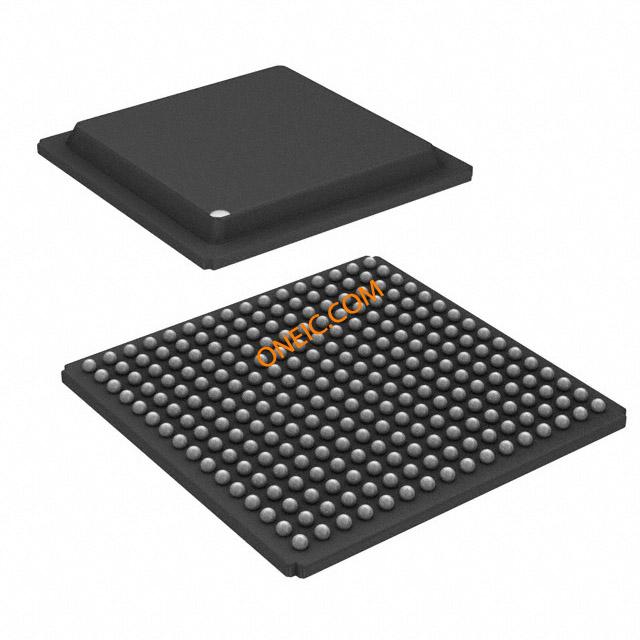LCMXO2280C-4FTN256
Versatile programmable logic devices for flexible electronic designs
Manufacturer: lattice
series introduction
# Introduction to the LCMXO2 - 280C - 4FTN256 Product Series
## 1. Overview
The LCMXO2 - 280C - 4FTN256 belongs to the Lattice Semiconductor's MachXO2 family of low - cost, low - power, non - volatile FPGAs (Field - Programmable Gate Arrays). This specific product in the series is designed to offer a balance of performance, flexibility, and cost - effectiveness, making it suitable for a wide range of applications across multiple industries.
## 2. Key Features
### 2.1 Logic Resources
- **Logic Cell Count**: The "280" in the part number indicates that it has approximately 280 Look - Up Tables (LUTs). LUTs are fundamental building blocks in FPGAs that can implement any Boolean function of a given number of inputs. This provides sufficient logic capacity to implement moderately complex digital circuits, such as small - scale state machines, simple arithmetic units, and basic control logic.
- **Distributed RAM**: It also includes a certain amount of distributed Random - Access Memory (RAM). This on - chip RAM can be used to store data temporarily during the operation of the circuit, for example, in buffering data streams or implementing small - sized data caches.
### 2.2 Speed Grade
- The "4" in the part number represents the speed grade. A higher speed grade generally implies that the FPGA can operate at higher clock frequencies, enabling faster data processing and shorter propagation delays. This is crucial for applications that require high - speed data transfer and real - time processing, such as high - speed serial communication interfaces.
### 2.3 Package Type
- The "FTN256" indicates the package type. The 256 - pin Fine - Pitch Ball Grid Array (FBGA) package provides a relatively large number of I/O pins, allowing for extensive connectivity with external components. The fine - pitch design enables a more compact form factor, which is beneficial for space - constrained applications.
### 2.4 Non - Volatile Configuration
- One of the significant advantages of the MachXO2 family, including the LCMXO2 - 280C - 4FTN256, is its non - volatile configuration. This means that the FPGA retains its configuration even when the power is turned off. Unlike some other FPGAs that require an external configuration device (such as an EEPROM) to store the configuration data, the MachXO2 can be directly programmed and start up immediately without the need for additional configuration steps during power - on.
### 2.5 Low Power Consumption
- The LCMXO2 - 280C - 4FTN256 is designed with low - power operation in mind. It features multiple power - saving modes, such as sleep mode and deep - sleep mode, which can significantly reduce power consumption when the device is not actively processing data. This makes it suitable for battery - powered applications, portable devices, and other systems where power efficiency is a critical concern.
## 3. Applications
### 3.1 Consumer Electronics
- **Smart Home Devices**: In smart home systems, the LCMXO2 - 280C - 4FTN256 can be used to implement control logic for various sensors and actuators. For example, it can manage the communication between temperature sensors, motion sensors, and smart switches, enabling intelligent control of home appliances and lighting systems.
- **Wearable Devices**: Due to its low power consumption and small form factor, it is well - suited for wearable devices such as fitness trackers and smartwatches. It can handle tasks like sensor data processing, display control, and communication with other devices via wireless interfaces.
Images for reference

256-BGA

Image Preview